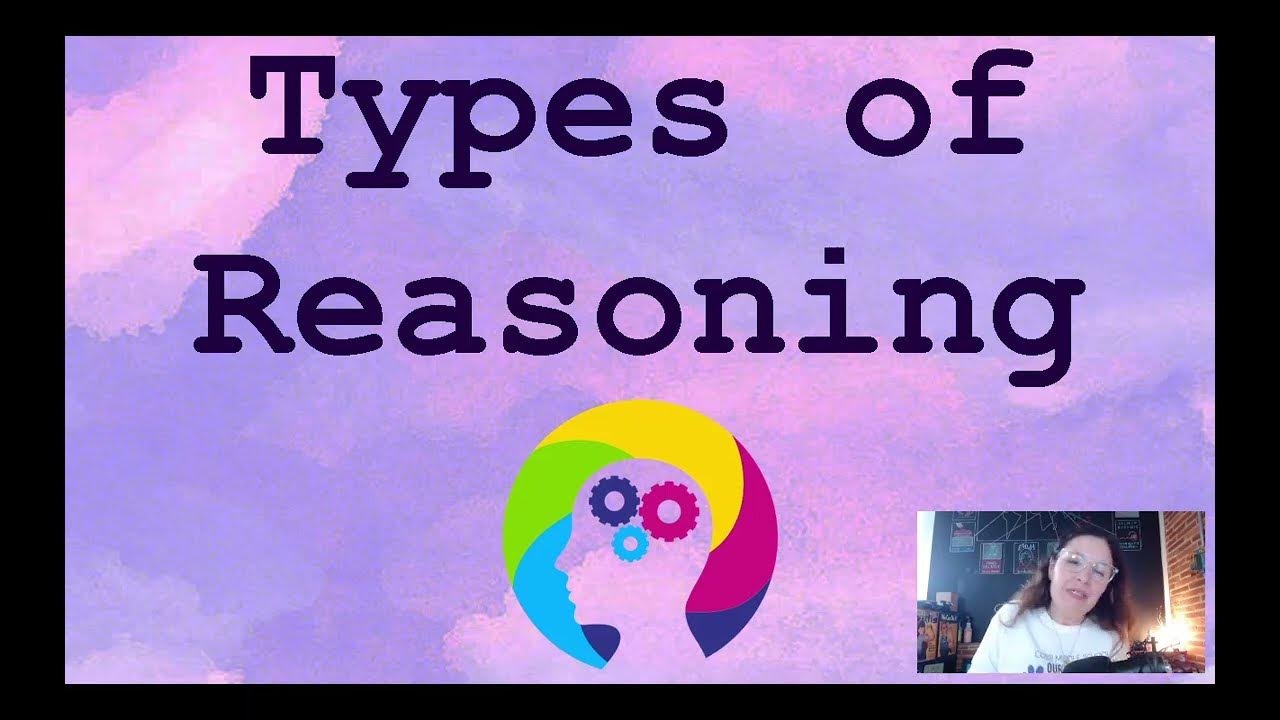Bahas Soal Logika | "Tidak ada A yang B" berarti?
Summary
TLDRIn this video, the speaker explores common logical reasoning pitfalls among students, using the example of Upin to illustrate flawed conclusions based on premises about hair and gender. They emphasize the distinction between factual knowledge and logical deduction, stressing that valid conclusions must stem from the information provided. The discussion extends to money and happiness, reinforcing the importance of accurate logical reasoning. Visual aids like Venn diagrams are suggested to enhance understanding. Ultimately, the speaker encourages continuous practice in logic, inviting viewers to engage with exercises on the Zenius platform.
Takeaways
- 🤔 Logical reasoning requires drawing conclusions based on the information provided, without assumptions.
- 🙅♂️ Misunderstanding logical structures can lead to incorrect conclusions, as seen in the example with Upin.
- 📊 A significant percentage (66.8%) of students mistakenly believed the conclusion about Upin was logical.
- 🧐 It's essential to differentiate between logical reasoning and factual information; one does not necessarily imply the other.
- 💡 Logical implications can be modeled using clear structures, like Venn diagrams, to visualize relationships.
- 💰 The premise 'no one can be happy without money' illustrates how conclusions can only be drawn from the given premises.
- 🔍 Practicing logical reasoning can enhance critical thinking skills and improve decision-making in real-life scenarios.
- 📝 Engaging in exercises and practice questions helps develop a stronger understanding of logical concepts.
- 📱 The Zenfone app by Zenius offers numerous logical reasoning exercises for those looking to improve their skills.
- 🔄 Continuous practice and reflection on logical fallacies are essential for better reasoning and understanding.
Q & A
What is the primary focus of the video transcript?
-The primary focus is on logical reasoning, discussing common logical fallacies, and providing examples to help students improve their reasoning skills.
What is the first logical problem discussed in the transcript?
-The first problem involves two premises: 'All who have hair are female' and 'Upin does not have hair.' The illogical conclusion drawn is that 'Upin is not female.'
Why is the conclusion about Upin being not female considered illogical?
-The conclusion is illogical because lacking hair does not necessarily mean that Upin cannot be female; the premises do not provide sufficient information to draw that conclusion.
What percentage of respondents incorrectly found the conclusion about Upin to be logical?
-66.8% of respondents incorrectly concluded that the argument about Upin was logical.
How does the speaker suggest visualizing logical arguments?
-The speaker suggests using Venn diagrams to visualize logical relationships and help clarify premises and conclusions.
What example is given to further illustrate logical fallacies?
-The speaker compares the original premises to a scenario involving cats and animals, demonstrating that misinterpretation can lead to incorrect conclusions.
What is the second logical premise discussed in the transcript?
-The second premise discussed is 'No one can be happy without money.' The implications drawn from this premise are examined.
What is the correct interpretation of the statement 'No one can be happy without money'?
-The correct interpretation is that if someone can be happy, they must have money, but it does not imply that having money guarantees happiness.
What does the speaker emphasize about the nature of logical reasoning?
-The speaker emphasizes that logical reasoning should be based solely on the information available in the premises, rather than factual correctness.
What resources does the speaker recommend for practicing logical reasoning?
-The speaker recommends using the Zenius app, specifically the verbal logic section, which contains numerous logic questions for practice.
Outlines

Cette section est réservée aux utilisateurs payants. Améliorez votre compte pour accéder à cette section.
Améliorer maintenantMindmap

Cette section est réservée aux utilisateurs payants. Améliorez votre compte pour accéder à cette section.
Améliorer maintenantKeywords

Cette section est réservée aux utilisateurs payants. Améliorez votre compte pour accéder à cette section.
Améliorer maintenantHighlights

Cette section est réservée aux utilisateurs payants. Améliorez votre compte pour accéder à cette section.
Améliorer maintenantTranscripts

Cette section est réservée aux utilisateurs payants. Améliorez votre compte pour accéder à cette section.
Améliorer maintenantVoir Plus de Vidéos Connexes

Deductive reasoning - Intro to Psychology

Curso completo de Raciocínio Lógico para Concursos Públicos 2019 Aula 19

Chapter 1.1: Introduction to logic

Types of Reasoning - Deductive, Inductive, and Abductive

Inferensi Logika 1 : Argumen

Como ARGUMENTAR BEM - As Melhores (e Piores) Estratégias de Argumentação
5.0 / 5 (0 votes)
